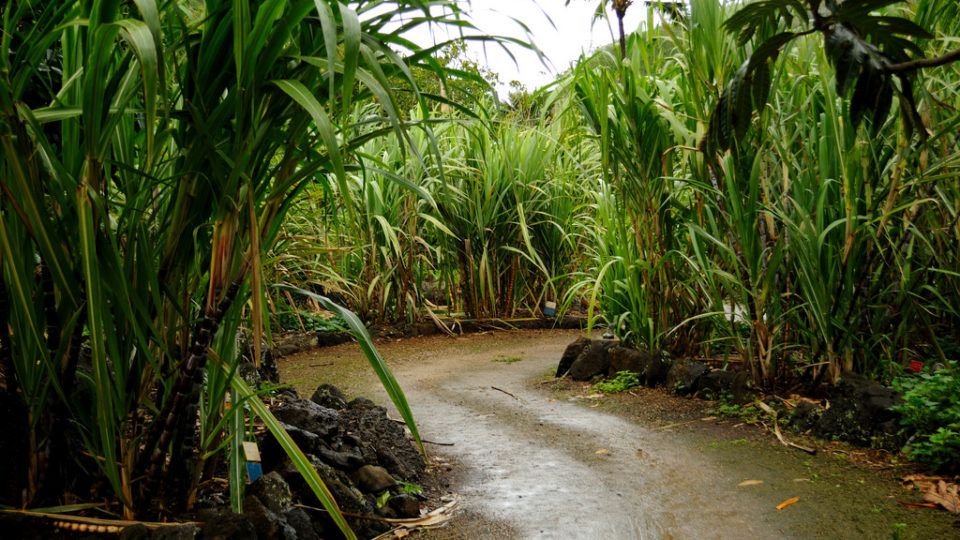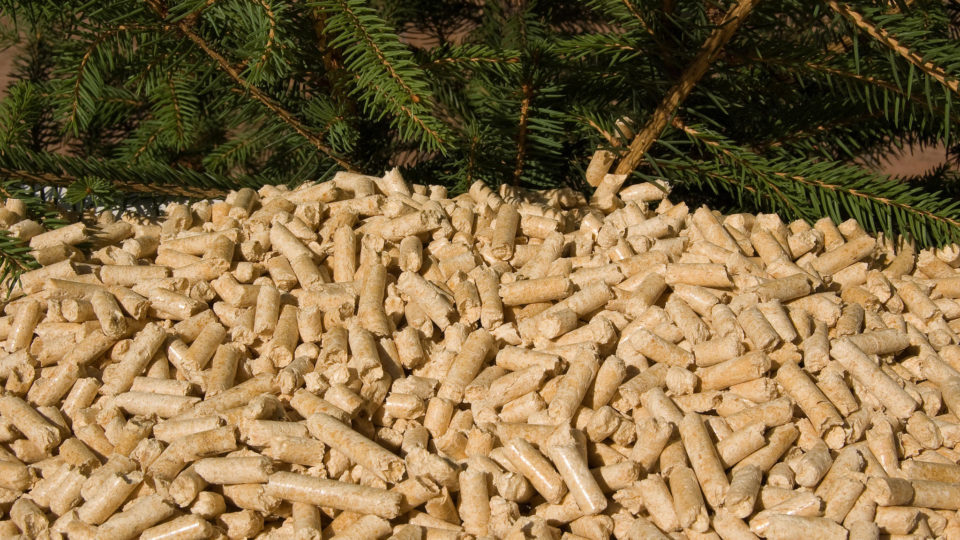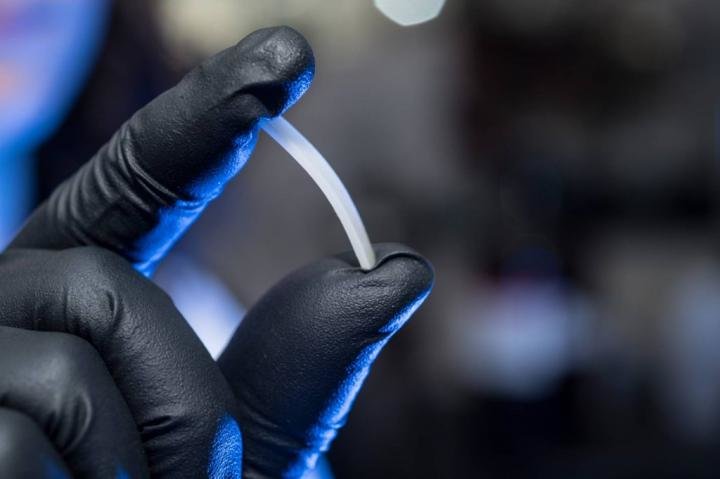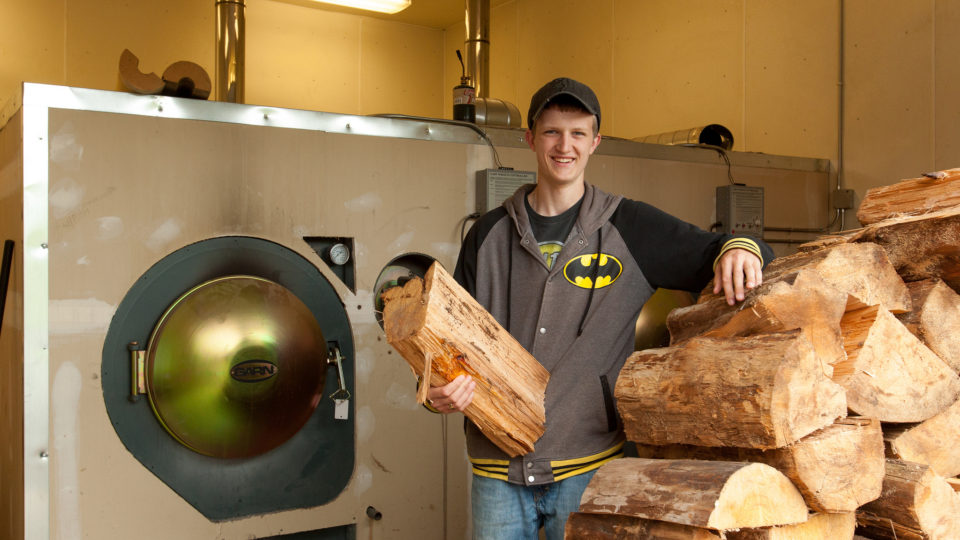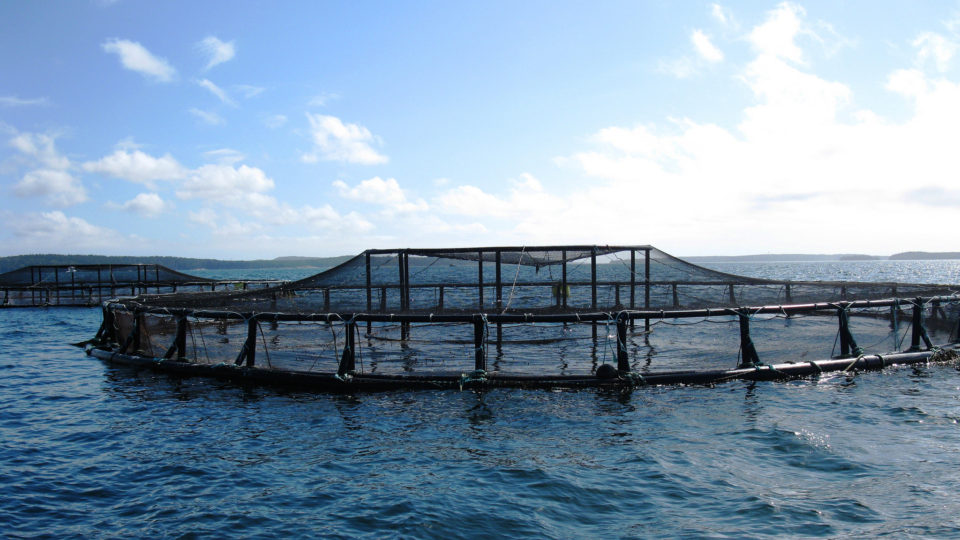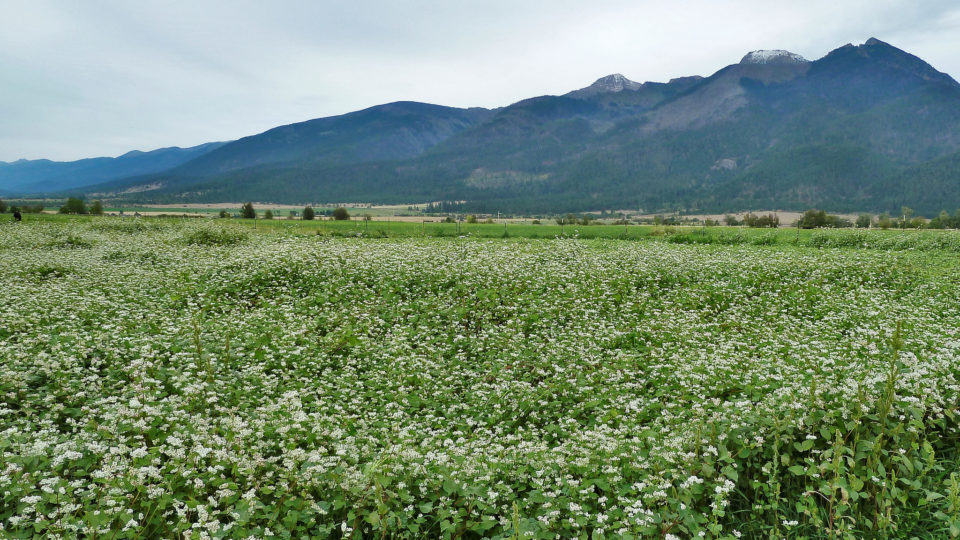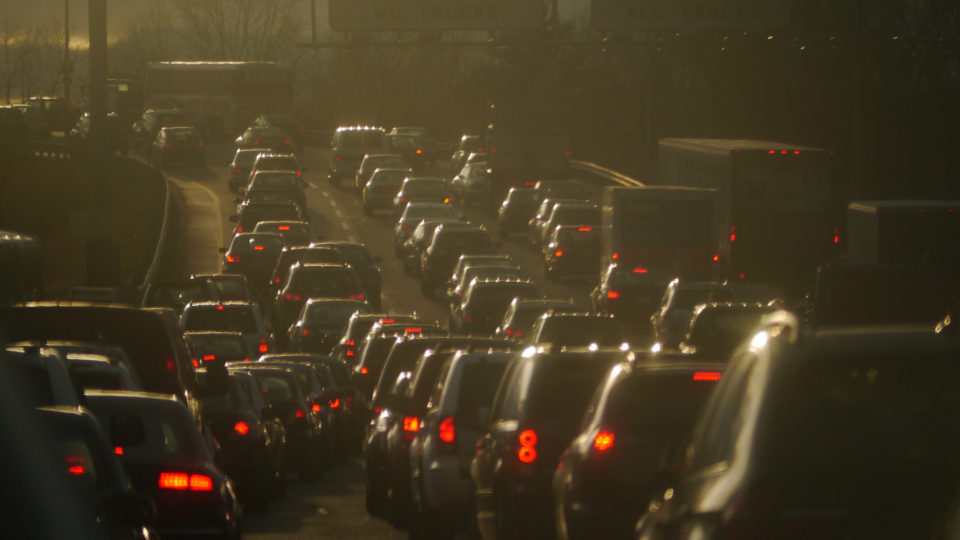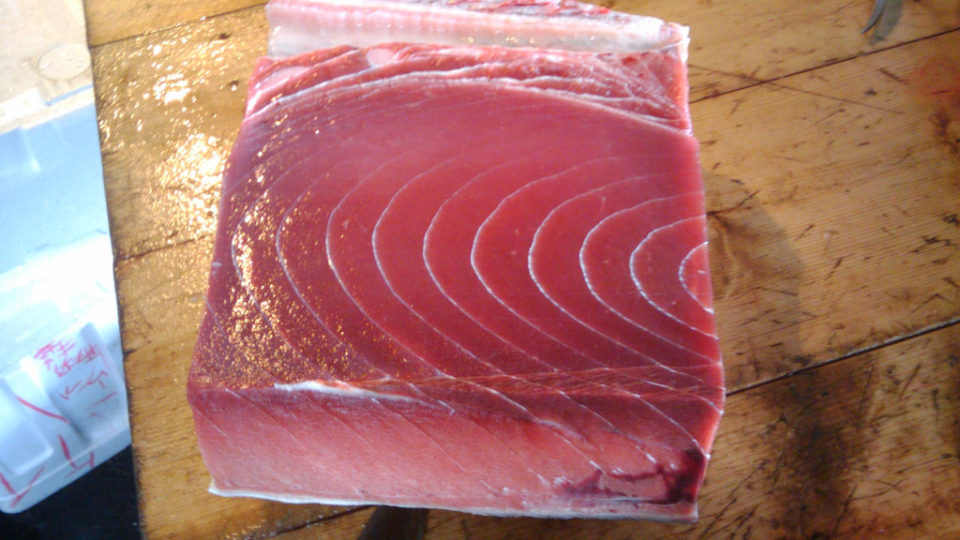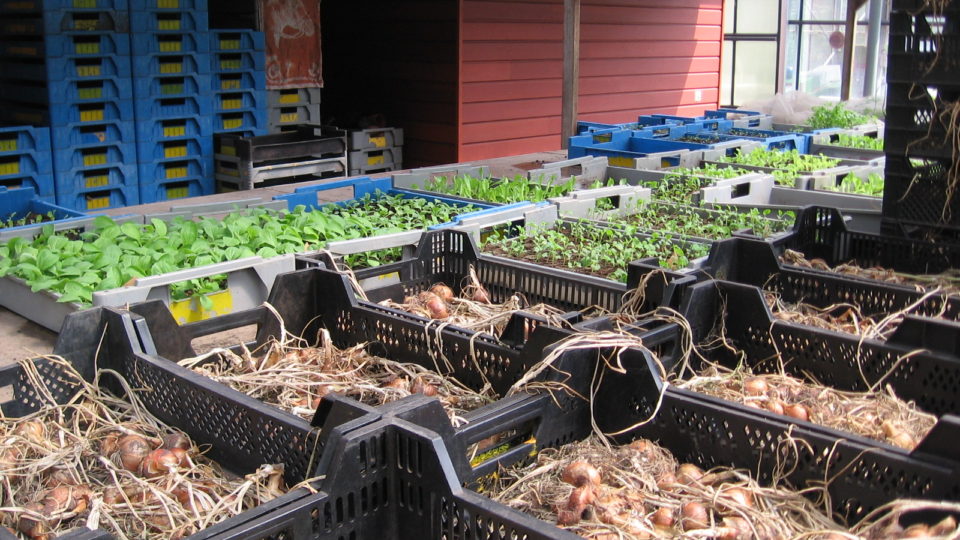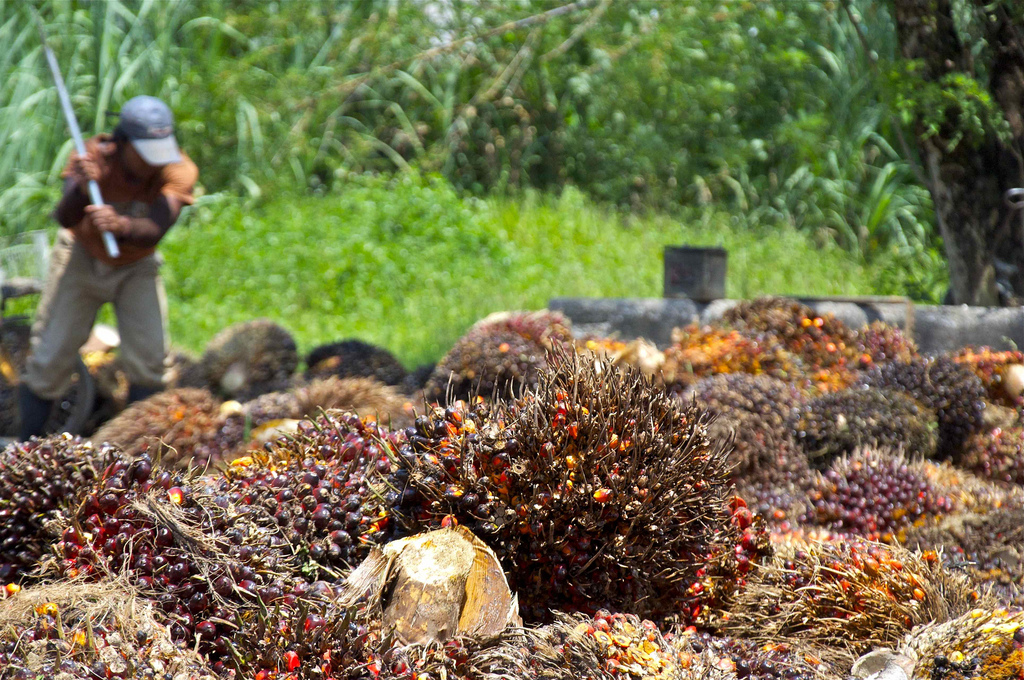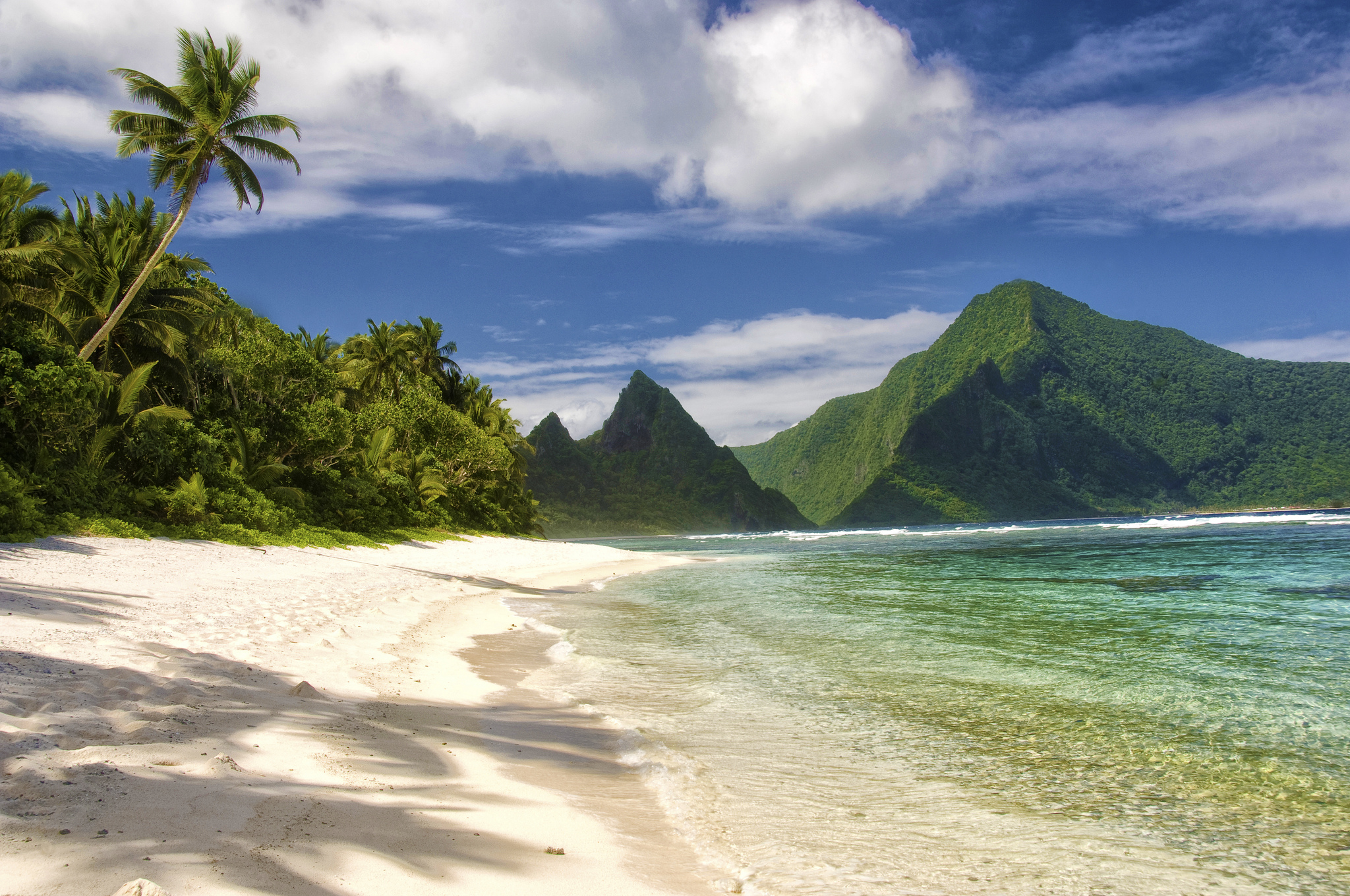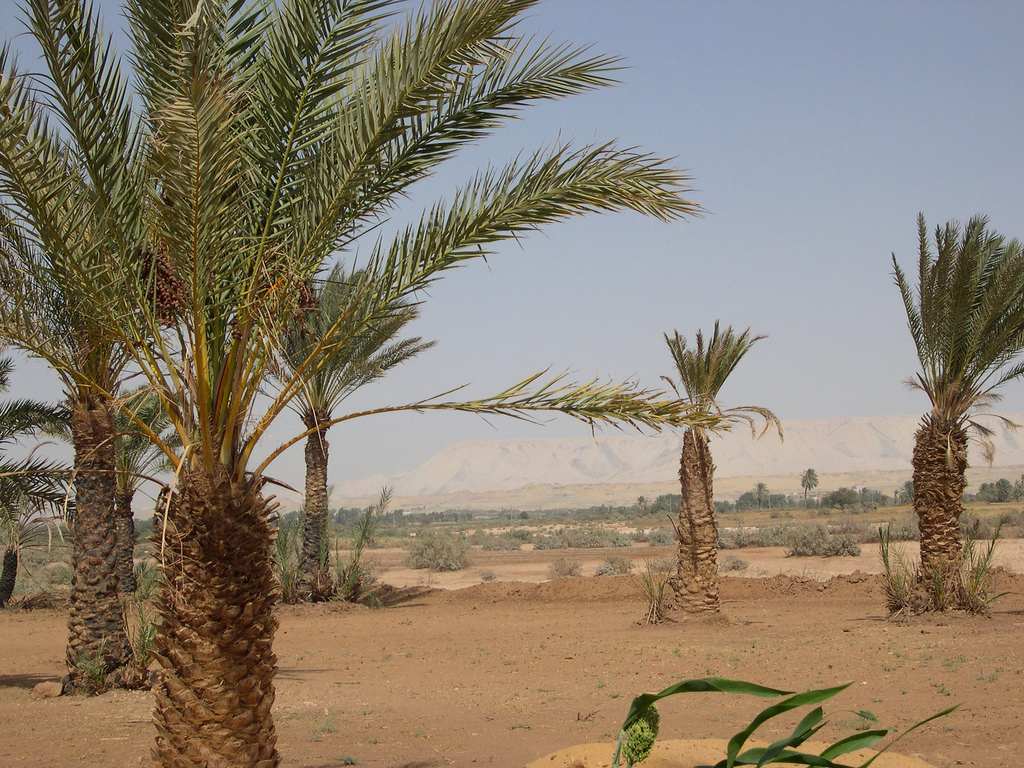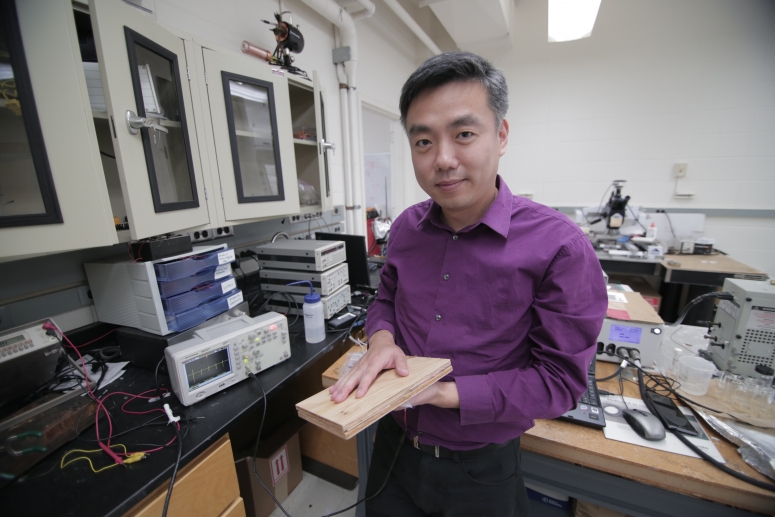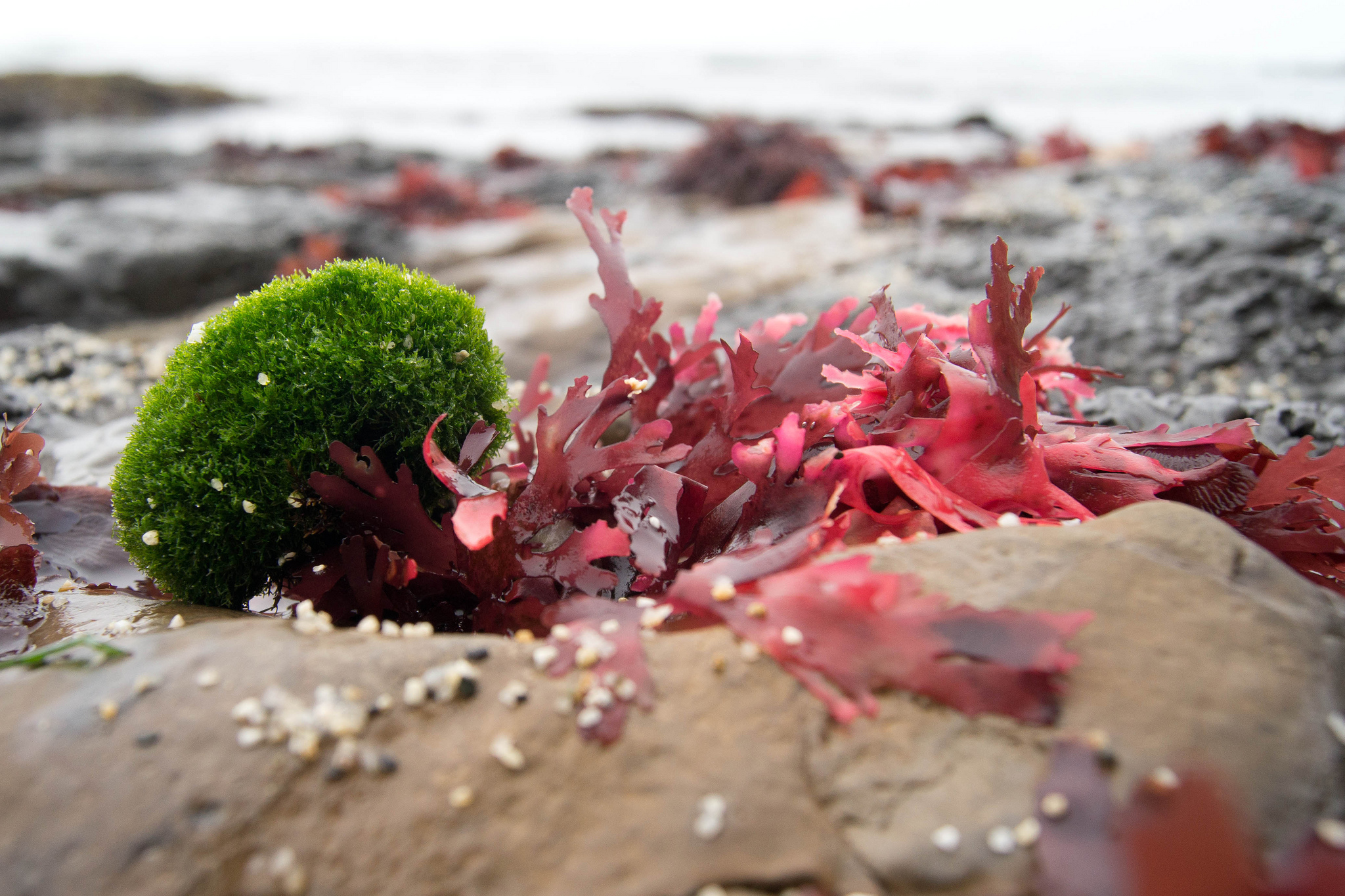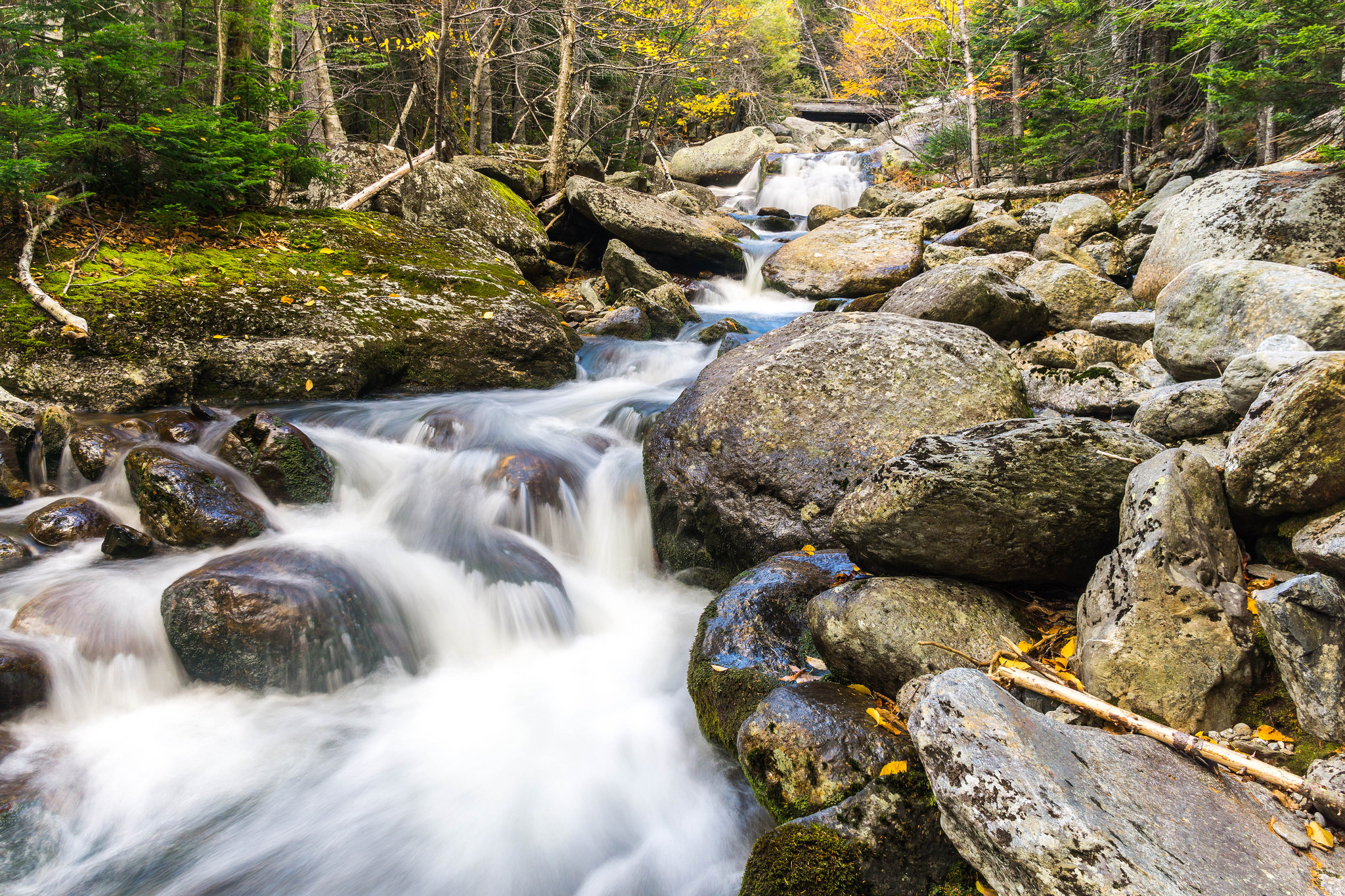sustainable
Biomass: Renewable But Not Sustainable
Biomass is often touted as a green energy source. Just recently, the US Environmental Protection Agency declared biomass energy to be carbon neutral – a policy already embraced by many European countries. However, burning forests for fuel has hard limitations and ecological consequences.
Infinitely Recyclable Plastic
Less than 10% of discarded plastic is recycled. This is one of the major reasons that plastic waste is such a threat to the environment. There are many challenges to recycling plastics. For one thing, there are many different types of plastic and if they are melted together, they tend to phase-separate like oil and water and the resultant substance is structurally weak. Sorting plastics by type is not a simple task. More generally, it is very difficult to produce plastic with its original properties from recycled feedstock. So recycled plastics generally end up being useful in only more limited applications.
Renewable Energy From Wood
Biofuels are fuels produced through contemporary biological processes rather than geological processes such as those involved in the formation of fossil fuels.
Deepwater Aquaculture
Near-shore fish farms have created many environmental problems. Raising large numbers of fish creates concentrations of fish waste and sea lice, which can adversely impact near-shore ecosystems.
Small Grains In Corn Country
Large portions of the Midwest are called the Corn Belt and for good reason. Overall, about 90 million acres or 140,000 square miles of the United States are planted with corn and about half of that is in Iowa, Illinois, Nebraska and Minnesota. In most of the Corn Belt, the corn is planted in rotation with soybeans. Both are warm weather crops and the soil is left barren for nearly half of the year when the two crops are out of season.
Transportation And Greenhouse Gases
Power plants have been the biggest source of greenhouse gas emissions in the United States for more than 40 years. But the ever-changing picture of electricity production has changed that situation. According to new data from the government’s Energy Information Administration, transportation has now taken over the top spot.
Is Sustainable Seafood Really Sustainable?
Tuna is perhaps the most popular seafood. We eat it out of a can, we splurge on high-end sushi, and we prepare it in many other ways. Some species of tuna are over-fished and some fishing methods are unsustainable. As concerned consumers, we would like to know what sort of tuna we are eating.
[Read more…] about Is Sustainable Seafood Really Sustainable?
The Tiny Country That Feeds The World
The Netherlands is a small, densely populated country with more than 1,300 inhabitants per square mile. It lacks almost every resource one associates with large-scale agriculture. Nevertheless, it is the number two exporter of food in the world, second only to the United States, which is almost 300 times bigger. The Dutch lead the world in exporting tomatoes, potatoes and onions and produce many other crops as well.
Sustainable Ethanol
Most gas stations in the U.S. sell a blend of 90% gasoline and 10% ethanol. Mandated by legislation, the 14 billion gallons of ethanol consumed annually by American drivers is mostly made from fermented corn. Producing this ethanol requires millions of acres of farmland.
Palm Oil Progress
According to the Roundtable on Sustainable Palm Oil or RSPO, almost 12 million tons, or 21% of the global supply of palm oil, is now certified as responsible and sustainable. The massive expansion of palm oil plantations has been one of the primary causes of global deforestation. This has been especially the case in Borneo, where 85% of global palm oil production takes place.
Islands Ditching Diesel
Islands around the world have a difficult time developing the infrastructure for electricity generation. Many are simply too small or too poor for conventional power plants. The most common electricity source on islands is diesel generators which are not environmentally friendly and result in some of the most expensive electricity in the world.
Saving Saharan Oases
An oasis is an isolated area of vegetation in a desert, typically surrounding a spring or similar water source such as a pond or a small lake. Oases can provide habitat for animals as well as people. Oases have long been essential for trade and transportation routes in desert areas; caravans typically travel via oases so that supplies of water and food can be replenished.
Energy At Our Feet
There are both big ideas and small ideas for generating electricity from renewable sources. For example, even though there are now gigantic solar energy farms producing vast amounts of electricity, there are also plans to embed solar technology in the windows of homes and businesses to capture even more of the sun’s energy.
Catching Kelp In Maine
Farming, forestry, mining and recreation are the primary vocations in rural America. In coastal areas like Maine, fishing joins the list. And for Maine, commercial fishing has long been a major engine for the economy.
Grass-Powered Cars
Several major automakers are betting on hydrogen-powered cars as the future of personal transportation. The first of these cars are already available in California. What isn’t readily available is the hydrogen to power them. There are very few hydrogen stations out there and hydrogen is pretty expensive.
Packaging From The Sea
Waste due to excess packaging of the products we buy is a real problem. It is one that most of us are conscious of and more and more businesses are making efforts toward eco-friendly packaging. There is increased use of cardboard, which is recyclable. Most of us try to reduce our waste through recycling. But as we buy more things online and have a growing variety of things delivered to our homes, it is a struggle to receive the things we order in good condition and not end up with piles of packaging materials.
Cradle-to-Cradle
The circular economy refers to the concept of an economic system in which there is no waste. Materials are recycled, repurposed and reinvented to create new raw materials thereby reducing the need to extract new resources and thus saving money, energy and water resources.
Keeping A Pulse On Our Planet
The discovery of acid rain in North America was made possible by environmental data collected at a biological field station nestled in the White Mountains of New Hampshire. Hubbard Brook Experimental Forest is just one of the many biological field stations located around the globe that are keeping a pulse on the health of our planet.
